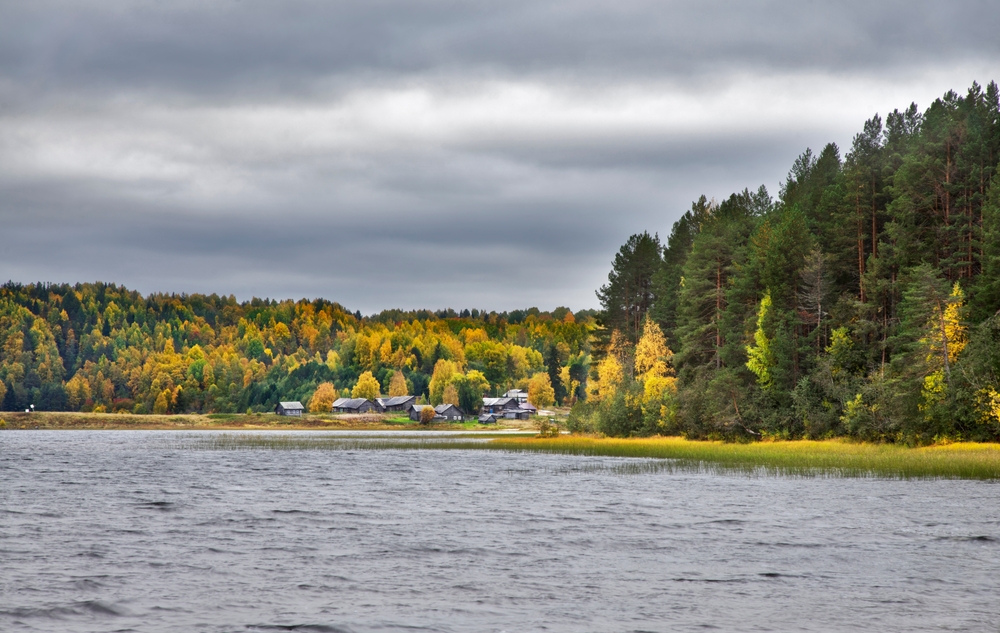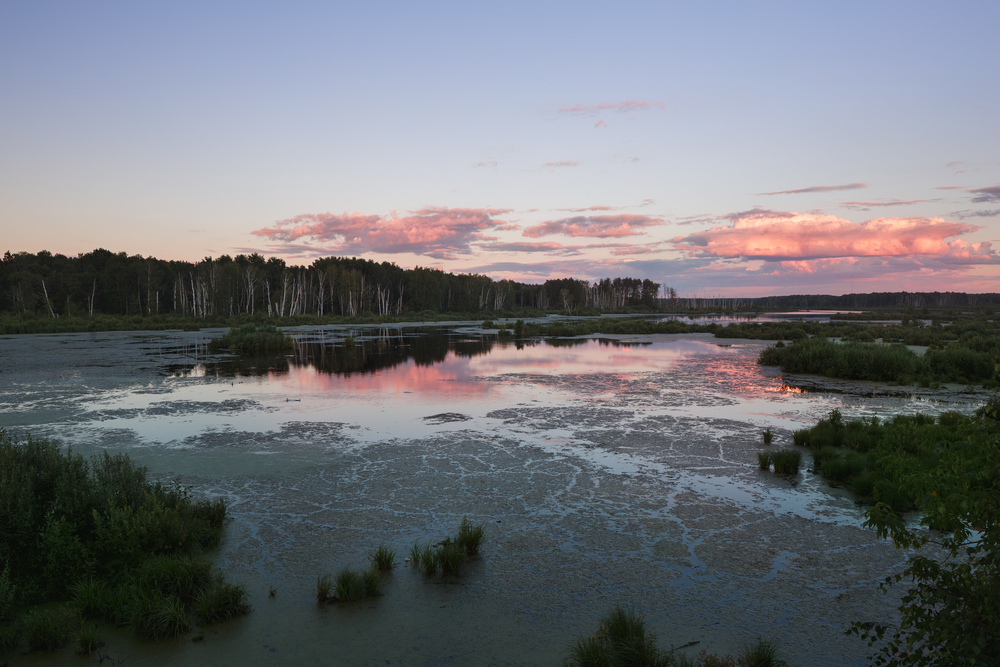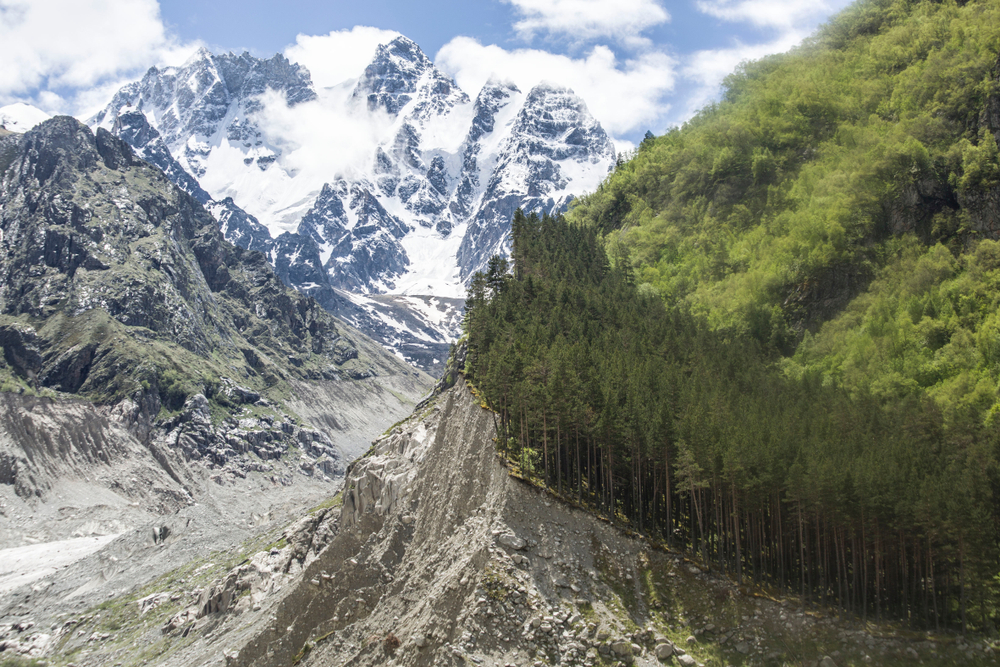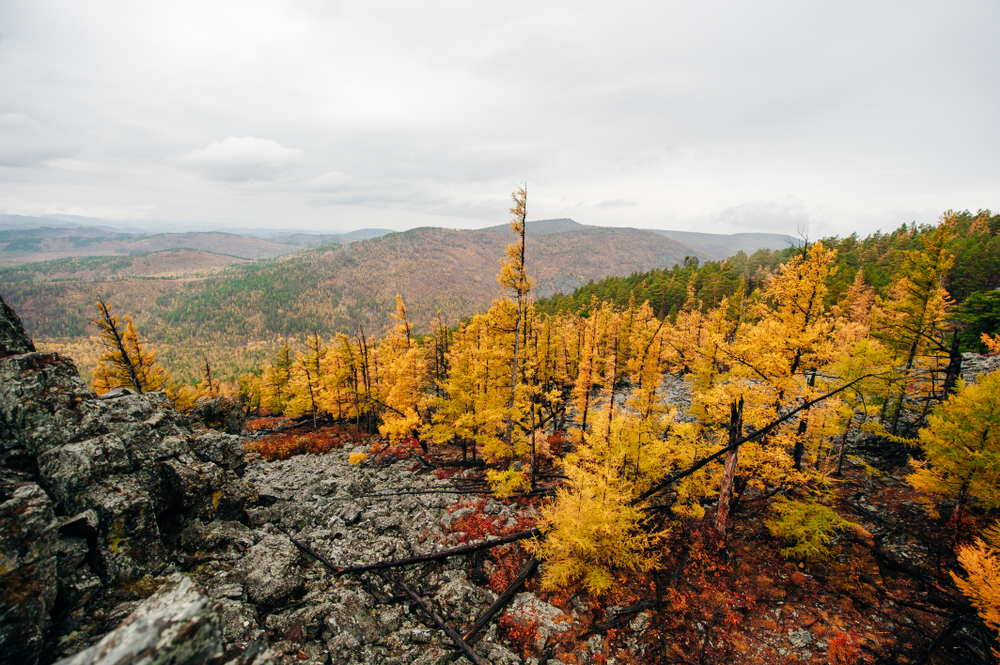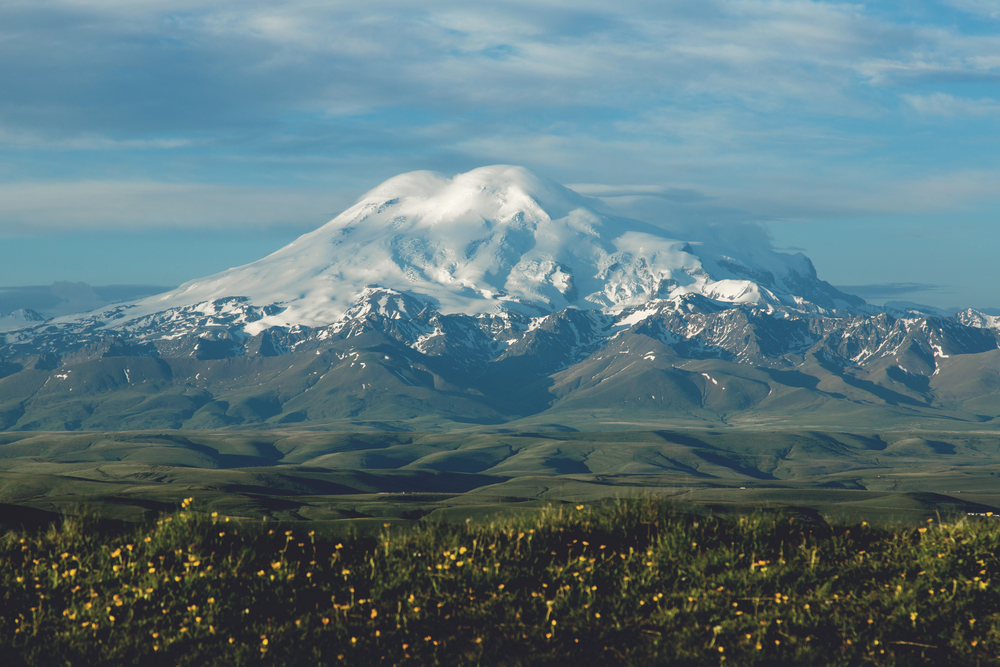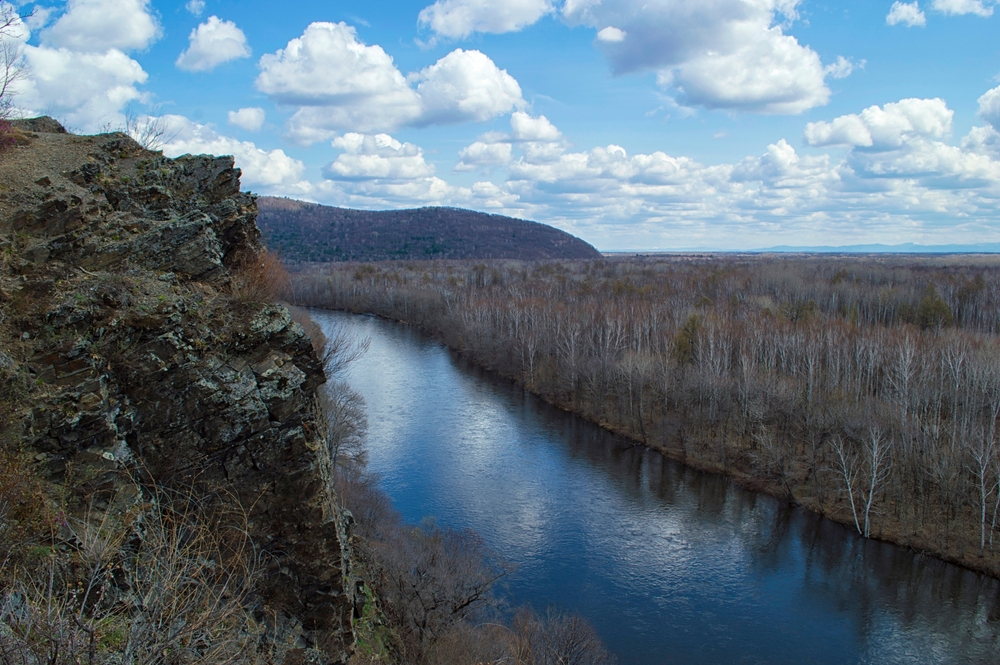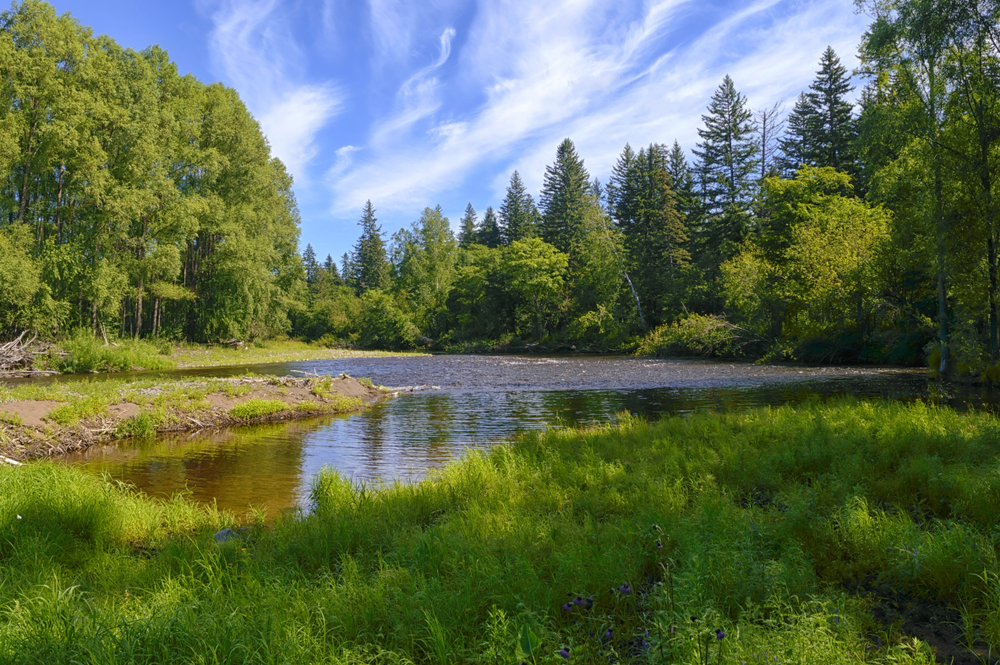Kenozersky Overview
Kenozersky National Park, known as Кенозерский национальный парк in Russian, is a vast protected area in the Arkhangelsk Oblast of northwestern Russia.
Spanning approximately 5,668 square kilometers (2,189 square miles), the park is a remarkable blend of northern taiga forests, pristine lakes, and rolling hills. It is located near the border of the Karelia region, offering a landscape rich in historical and cultural significance.
The park’s heart is Kenozero Lake, surrounded by a network of smaller lakes, wetlands, and dense forests. The terrain is a mixture of lowland forests and undulating hills, punctuated by rocky outcrops and meandering rivers, including the Pocha and Voloshka.
The boreal forest dominates the vegetation, consisting of spruce, pine, and birch trees, with pockets of wetlands that support a variety of plant species adapted to the cool, humid climate.
The park is home to a diverse array of wildlife, reflecting the rich ecosystems of the northern taiga. Large mammals such as the Eurasian brown bear, moose, and lynx roam the dense woodlands, while red foxes and European badgers are commonly spotted. Smaller mammals like hares, squirrels, and beavers thrive in the forests and wetlands.
Birdwatchers will find the park a haven for avian species, including black grouse, capercaillie, and white-tailed eagles. Various waterfowl species frequent the lakes and marshes, adding to the park’s ecological significance. The forests also support woodpeckers, owls, and songbirds that contribute to the park’s rich soundscape, particularly in the spring and summer months.
One of the most notable features of Kenozersky National Park is its deep connection to Russian history and culture. The park is dotted with ancient wooden chapels, rustic villages, and remnants of old trade routes that speak to its significance in Russian heritage.
The traditional wooden architecture of the Pomor people, including beautifully decorated churches and bell towers, adds to the region’s charm. Many of these structures date back to the 17th and 18th centuries, reflecting a long tradition of craftsmanship and religious devotion.
The Kenozero Cultural Landscape, recognized by UNESCO, includes well-preserved rural settlements and sacred sites that have remained largely untouched by modern development.
Visitors to the park can experience its beauty in a variety of ways. Hiking trails wind through the forests, offering stunning views of lakes and hills, while boat excursions on Kenozero Lake provide a peaceful way to explore the waterways.
In the winter, the park transforms into a snowy wonderland, with opportunities for cross-country skiing and wildlife tracking. Cultural tourism is also a major draw, with guided tours of historic villages and wooden churches that highlight the region’s traditional way of life.
The park hosts educational programs and workshops that teach visitors about the local ecology, folklore, and handicrafts, making it a destination that blends natural beauty with cultural discovery.
Conservation efforts in Kenozersky National Park focus on protecting its unique ecosystems and cultural heritage. The park is part of Russia’s network of protected areas, ensuring the preservation of its biodiversity and historical landmarks. Challenges include illegal logging, climate change impacts, and balancing tourism with conservation.
However, ongoing efforts by park management and local communities have led to successful initiatives in reforestation, wildlife monitoring, and the restoration of historic buildings. Sustainable tourism practices are encouraged to minimize human impact while allowing visitors to appreciate the park’s natural and cultural treasures.
Kenozersky National Park stands as a testament to the harmonious coexistence of nature and human heritage, offering an immersive experience in one of Russia’s most pristine landscapes.








































































